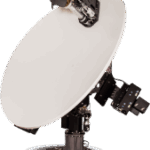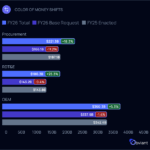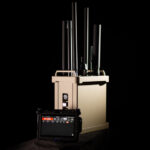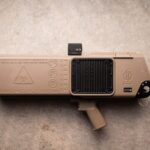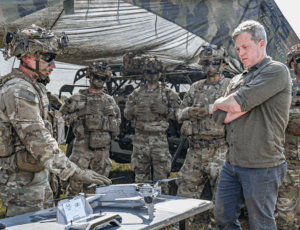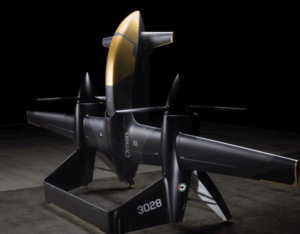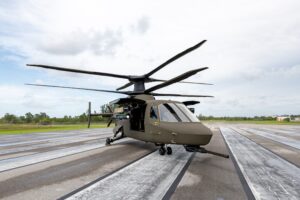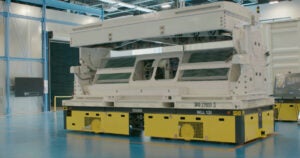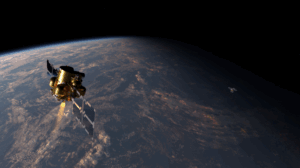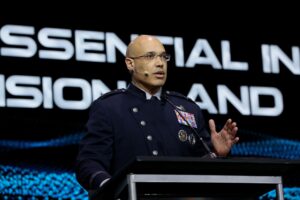
KISSIMMEE, Fla.—Combatant commanders and the warfighters they employ need instant access to warning and targeting data without the delays inherent in sorting that information out in distant headquarters organizations, the commander of U.S. Space Operations Command said on Monday. That geospatial intelligence (GEOINT) data is being provided at the scale and relevancy to make a difference on the battlefield, the head of the National Geospatial Intelligence Agency (NGA) also said on Monday. “For anyone who suggests we’re not moving as…

 By
By 